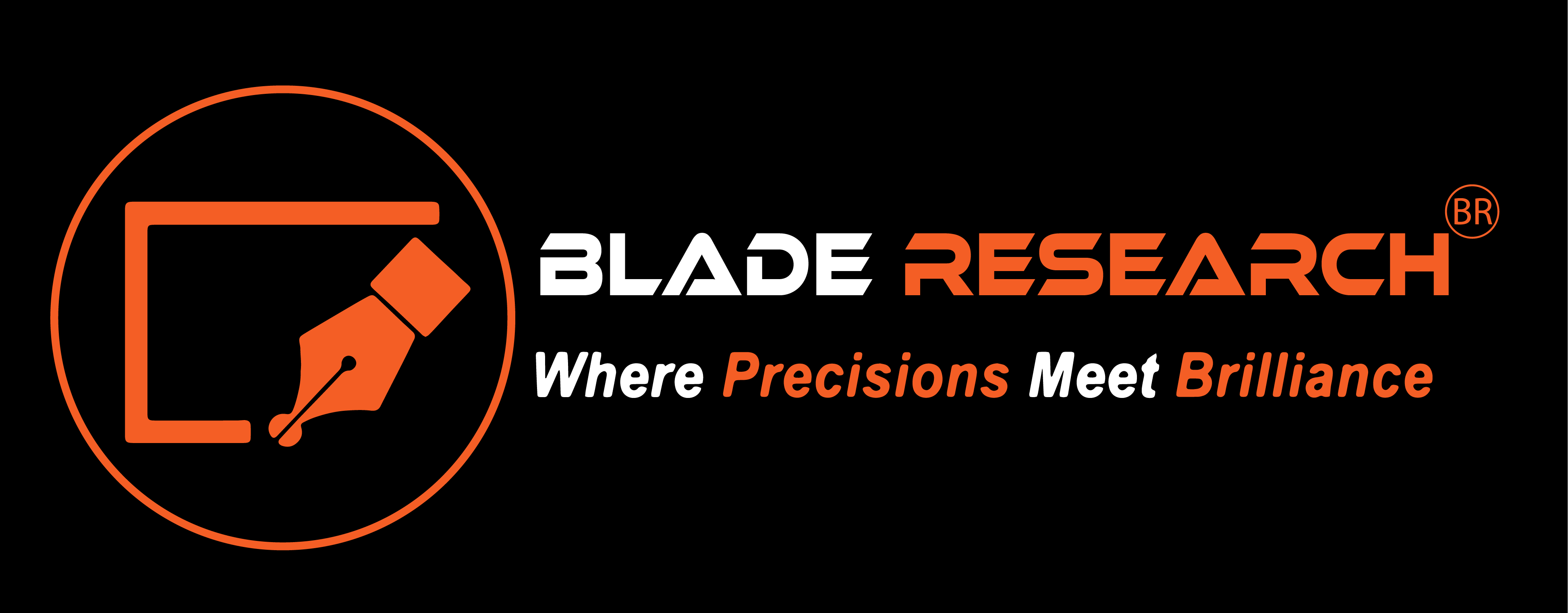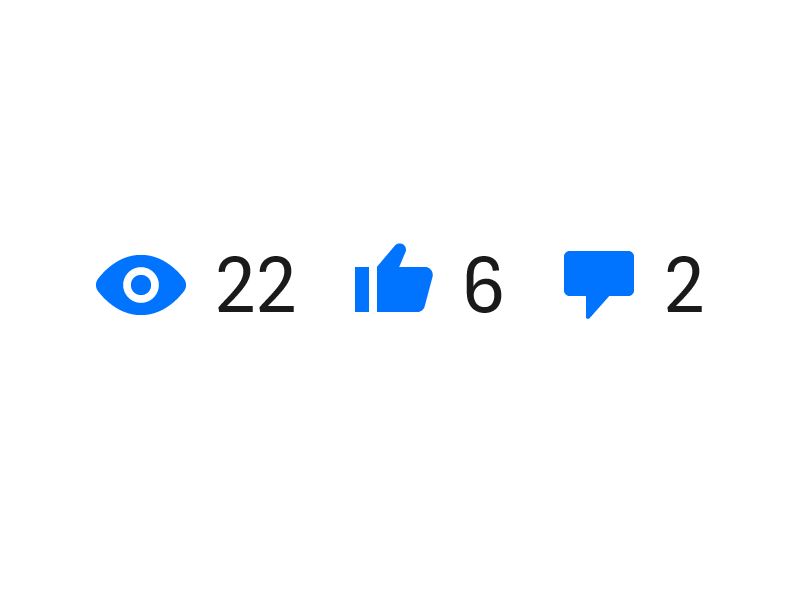The estimated reading time for this post is 10 Minutes
There has always been a big debate around marijuana, and the benefits that it can have. In the past, the plant has been used for different types of medicines, creams, rubs, and tinctures to help patients with a number of different symptoms, the most common being pain. On October 17, 2018, after many months of debate Cannabis in Canada is now legal as a recreational drug as well as medicinal. The whole process of legalization removed cannabis possession for personal consumption from the, Controlled Drugs and Substances Act, as well as implement taxes on sale of the product and “strengthen punishment of those convicted of either supplying cannabis to minors”. The Canadian government’s overall goal in legalizing marijuana is to “create a federal, provincial, territorial task force, and with input from experts in public health, substance abuse, and law enforcement, will design a new system of strict marijuana sales and distribution, with appropriate federal and provincial excise taxes applied”. This is to combat the current system in which marijuana could be used by minors and Canadians with criminal records to possess small amounts of the drug.
The Cannabis Act was established on October 17 2018. This bill regards the legalization of marijuana in Canada. This bill has three main goals, to “keep cannabis out of the hands of youth”, to “keep profits out of the pockets of criminals”, and to “protect public health and safety by allowing adults access to legal cannabis”. The Cannabis Act has strict laws for controlling the production, distribution, sale, and possession of cannabis across Canada. The first example of such laws is the need to have a license. There are two licenses one can have, one from Health Canada, and one from the Canada Revenue Agency.It may be possible that one must acquire both licenses. The license granted from the CRA allows for the selling of cannabis. Cultivators, producers, and packagers for cannabis products must also have a license from the CRA. Once these businesses are licensed, there are rules they must follow. They are expected to “buy and apply cannabis excise stamps to their products”, “calculate the duty on their sales”, and “ file their return and send the excise duty to the CRA”. The license from Health Canada is required if growing, selling (medical purposes), and conducting tests on cannabis is involved. Additionally, the new act has requirements for industries involved with packaging and labelling. This is meant to protect against accidental consumption and ensure products are not appealing to children and youth. An example of efforts made to prevent under-age use is prohibiting the access of cannabis products through self-service displays and vending machines. The promotion of cannabis in areas visible to the youth is also prohibited. However, exceptions can be made in situations where youth will not be able to see such advertisements. At the same time, it is expected that consumers use the information provided about the product to make informed decisions before using cannabis. There has been scientific proof that cannabis has positive effects when used for medical purposes. Research has shown that there are benefits with the use of cannabis for some patients with some illnesses. The act will continue to allow access of cannabis for people who have it prescribed from their healthcare provider. The new bill also aims to protect public health by creating strict safety and quality regulations. Public education efforts are being made in attempts to raise awareness about safety measures and any potential risks. It is expected that federal, provincial, and territorial governments share responsibility for overseeing the cannabis regulation system. Provinces are able to set their own safety measures. An example is the ability to increase the minimum age in their province or territory but not lowering it. Another is being able to lower the personal possession limit in their jurisdiction.
The Canadian government already has laws that relates to cannabis based on person, growing at home and driving. Firstly, to use cannabis, users need to be 18 (Alberta) or 19 years old (British Columbia). And also, according to the government of British Columbia, minors are banned from entering cannabis stores with adults. This is to prevent minors from using illegal ID or non-biological adults to buy drugs. Citizens can buy marijuana online which is available in all provinces and territories. Other options are from the private retailers permitted by the government or, through province government websites. Depending on each jurisdiction, the price will range from $8 – $16 per gram. An individual can possess up to 30 grams in public places; however, it must be invisible to the public. According to Canada government website, 1 gram dried cannabis is equal to 5 grams of fresh cannabis. Moreover, in British Columbia, residents can have up to 1,000 grams at home. This is opposed to Alberta where it is unlimited. Canada also has a strict law about designated smoking for cannabis. It is prohibited in cars or around children. For people who want to retail cannabis, they must have health knowledge about marijuana. This includes educating customers on safe doses to prevent overdosing. Additionally, the City of Vancouver allows compassion clubs to offer services but not the right to sell cannabis.
For cultivating cannabis at home, in most provinces and territories, adults can grow 4 marijuana plants per household for recreational use. These houses are not allowed to be used as daycare or have minors. Finally, the Canadian government has toughened the law about using marijuana while driving. According to Canada government website, people cannot drive under the influence or have any THC in their system. Citizens and residents are also warned about taking cannabis through both international or US borders as such could result in serious criminal penalties. Additionally, people cannot bring any cannabis or cannabis related products into Canada as it remains illegal. However, there is an exception, according to U.S. Customs and Border Protection, a Canadian citizen working in the legal cannabis industry will be allowed into the U.S for vacation or business that is unrelated to marijuana.
If a person breaks the law by selling cannabis without a licence, they can be punished up to 14 years in jail. Minors who are caught using cannabis can be fined up to $2,000. In British Columbia, new cannabis offences with fines will range from $2,000 to $10,000 with a jail time of 3 to 12 months. Also, if people are caught driving under the influence, they can be banned from driving for 90 days. These laws prevent using cannabis illegally and decrease the amount of cannabis sold in unregistered markets, commonly known as “black markets”. This helps the government control the substance easier with the number of users and their individual purposes.
BC will adopt a “hybrid model” with both “public and private operators”. The Liquor Distribution Branch (LDB), will be in charge for all wholesale distribution of non-medical cannabis. They will also operate government-owned retail stores. The Liquor and Cannabis Regulation Branch (LCRB) will “oversee licensing and monitoring of private cannabis retailers”. Online cannabis retail stores will be government-operated, but also run by the LDB. The Ministry of Public Safety, has set the “minimum purchase and consumption age for non-medical cannabis at 19”, which is the same age for alcohol and tobacco use. However, if you own a cannabis retail license, you may not sell cannabis at your liquor or tobacco store, and vice versa. Only designated Cannabis retail stores are allowed. Non-medical cannabis retail store names must be approved by the LCLB, and retailers may not include the words, “pharmacy”, “apothecary”, or “dispensary”. That is because these terms are linked to the selling of medicine. Federal law requires that cannabis products may not be visible from outside the store, which existing retailers will be required to make storefront altercations. In addition to products not being visible from the outside, it is required that all cannabis products must be stored at or in your retail location. Adults ages nineteen and older may purchase up to “30 grams of dried cannabis, or the same amount of non-dried cannabis products”. This can range from province to province, but for the most part is fairly consistent. And while the government has set a limit for on person, there still remains no limit on possession and storage at home. Retailers are still expected to collect a provincial sales tax on every sale of cannabis. Licensees must register for provincial sales tax with the Ministry of Finance.
With the legalization of marijuana as a recreational drug, both new and existing dispensaries have a new set of rules and regulations that they need to follow in order to stay in business. Licensed marijuana dispensaries are fairly a new thing, and marijuana, unlike other similar drugs liquor and alcohol, does not yet have a central tracking system put in place by the government. The federal government is still developing a national “seed-to-sale tracking system”. Retailers may not purchase any cannabis products directly from producers or from any other sources and they can only obtain non-medical cannabis only through the LDB. Because the existing federal regulations do not currently allow for the production of edibles, you may not sell edible cannabis products in your retail store. However, the government has said that edible cannabis will be regulated and authorized for retail sale within 12 months of legalization. Licensed dispensaries are “required to track and keep certain records for six years while their license is valid”, and for an additional six months after their license expires or is cancelled. These records include things like cannabis wholesale purchases, cannabis retail sales, when cannabis is disposed of, and accessory and gift card sales. These records include the quantity sold, price charged, and dates and locations of purchases.
Like any other licensed retail store, there are regular inspections to certify that the dispensary is following all rules and regulations. If a retailer is found to be out of compliance with an inspector, a number of things could happen. Firstly, the retailer can be issued a Contravention Notice, and may be recommended for enforcement action. A Contravention Notice is a document that confirms the retailer has gone against rules of the Cannabis Act, and that there will be a penalty issued. This document should contain two central pieces of information. One, sufficient information about the “proposed allegations”, so that you are able to understand the case against you, and the “proposed penalty”. Common penalties are fines. Recently updated legislation includes a comprehensive list of penalties and fees that range from $500 to $25,000. As well as fees, a retailer could have their licence suspended, or removed, depending on the seriousness and number of violations.
With marijuana and the legalization of it, comes the big opportunity for the government to capitalize on it economically. Cannabis stocks were undoubtedly among Canada’s best-performing stocks in 2017. The top performers, Canopy Growth and Aurora Cannabis, valued at an estimated $8 billion and $5 billion respectively. Investors in Canada have seen the potential for money in investing in the pot industry. According to Toronto-Dominion Bank, marijuana could ass as much as $8 billion dollars to the country’s economy. Experts have been saying this for a long time, and they predict that it will be a huge market, with a base retail market value for recreational marijuana that could total between $4.9 and $8.7 billion a year. Statistics Canada expects that legal cannabis and the spending on it in the last quarter of this year will range somewhere between $816 million and $1 billion. However, if supply outstrips demand, or the provinces and territories bargain too hard with pot producers, what were once “red-hot” stocks might start to look a lot less appealing to investors. When it comes to taxation, there is an excise tax of $1 per gram of marijuana, or 10% of the final retail price. Whichever of the two is higher.
#heathcare #medical #medicalcare #pharmaceuticals #healthcareprofessional #nurses #healthprofessionals






